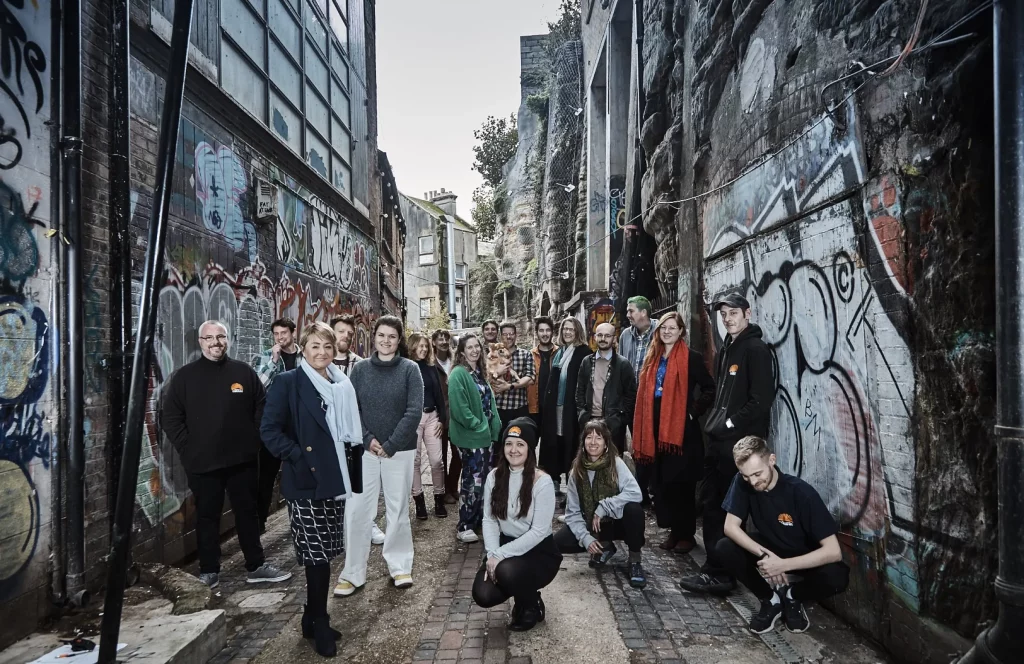Toronto’s Streets to Homes programme is designed to end, not just manage, street homelessness by giving people permanent housing and the support they need to stay housed. Instead of making people prove they are ready for housing, the programme places them directly from the street into a home. From there, it helps with issues like mental health, addiction, and employment. Since launching in 2005, it has housed 1,400 people, and nearly 90% of them remain housed.
Most people helped by the programme had been homeless for an average of six years, often sleeping in parks, under bridges, or in cars. Many faced serious health issues, substance use challenges, or mental illness. Support workers help individuals find a home that suits them and continue providing help for at least a year. Clients choose their own housing, mostly in regular rental apartments, and are supported in paying rent through income or assistance.
The programme works closely with landlords, community partners, and agencies. It’s funded by city taxes and grants, costing around $11,400 per person per year. Housing people this way is more cost-effective than relying on emergency services, and residents use far fewer hospital and justice system resources once housed.
Streets to Homes has led to clear improvements in health, security, and stability. It’s also helped people reconnect with education, work, and community. Around a third of participants have found jobs or volunteer work, and many report better sleep, nutrition, and mental health. Its success has influenced city, provincial, and federal housing policies. Though challenges remain—like finding enough affordable housing—the programme has shown that with the right support, long-term street homelessness can be solved.







